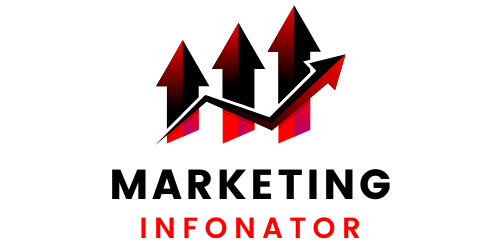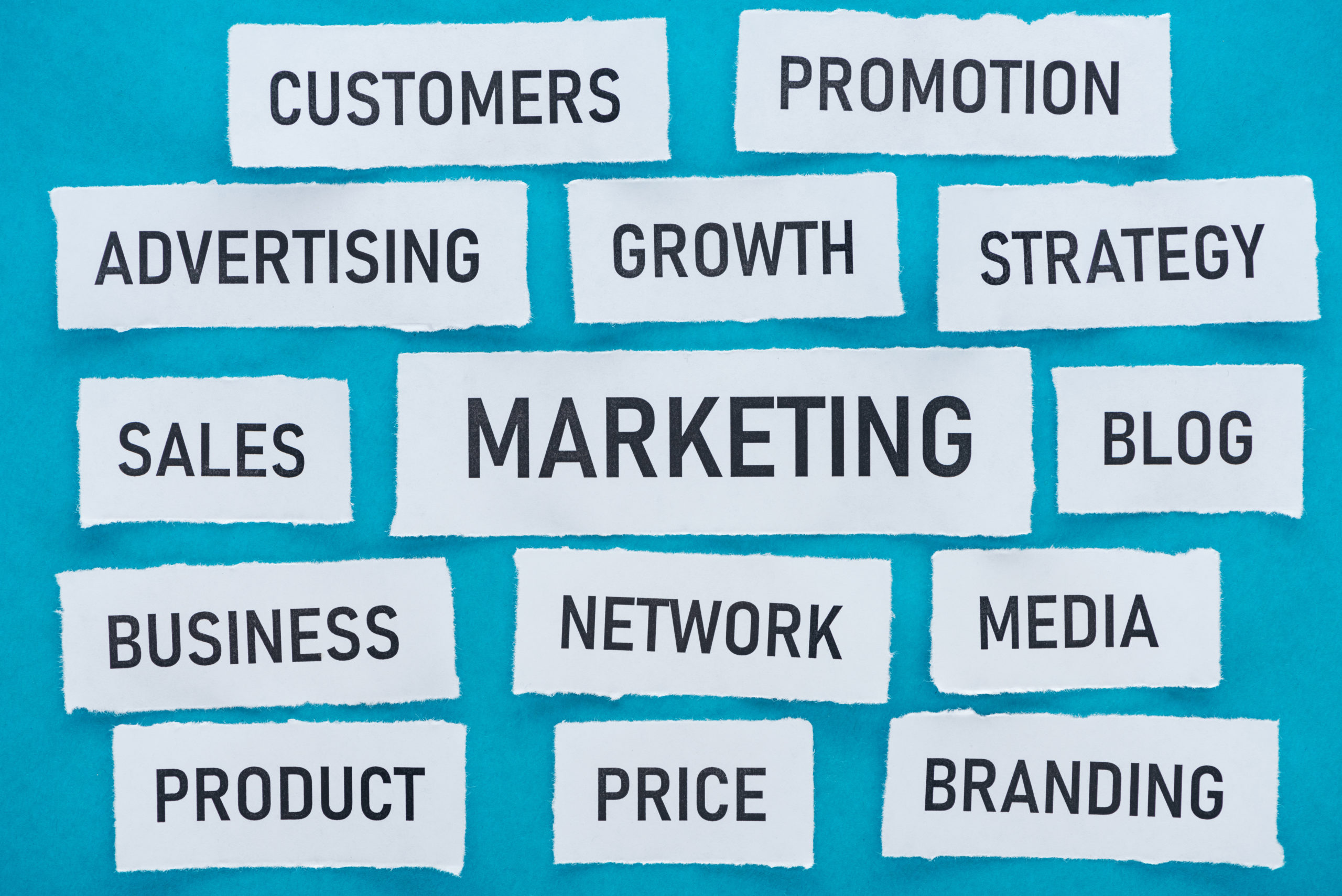In the labyrinthine world of marketing, strategies are as diverse as the audiences they target. From the traditional avenues of print and television to the digital frontiers of social media and influencer collaborations, the landscape is ever evolving. Understanding the array of marketing types can empower businesses to navigate these dynamic realms with finesse. Here, we delve into 25 distinct marketing types that span the spectrum of contemporary strategies, each wielding its unique charm and efficacy.
- Content Marketing: Focused on creating valuable, relevant content to attract and engage a target audience, content marketing aims to drive profitable customer action.
- Social Media Marketing: Leveraging social media platforms to connect with audiences, build brand awareness, and drive website traffic.
- Email Marketing: Utilizing email campaigns to nurture leads, engage customers, and drive conversions through personalized communication.
- Influencer Marketing: Collaborating with influencers to reach and engage target audiences through endorsements and product placements.
- Search Engine Optimization (SEO): Optimizing website content to improve visibility and rank higher in search engine results, driving organic traffic.
- Pay-Per-Click (PPC) Advertising: Placing ads online and paying a fee each time the ad is clicked, driving targeted traffic to websites.
- Affiliate Marketing: Partnering with affiliates who promote products or services and earning a commission for each sale generated through their efforts.
- Video Marketing: Harnessing the power of video content to convey messages, showcase products, and engage audiences across platforms.
- Mobile Marketing: Targeting audiences on mobile devices through SMS, MMS, mobile apps, and optimized websites.
- Native Advertising: Seamlessly integrating branded content into the context of a user’s experience, blurring the lines between advertising and content.
- Event Marketing: Engaging with audiences through live events, trade shows, sponsorships, and experiential activations to create memorable brand experiences.
- Guerrilla Marketing: Unconventional, low-cost marketing tactics designed to grab attention and generate buzz through creativity and surprise.
- Content Syndication: Distributing content through third-party platforms to reach new audiences and amplify brand visibility.
- Viral Marketing: Crafting campaigns with the potential to spread rapidly through social sharing, often fueled by compelling content or unique concepts.
- Experiential Marketing: Creating immersive brand experiences that foster emotional connections with consumers, leaving a lasting impression.
- Direct Mail Marketing: Sending physical promotional materials, such as postcards or catalogs, directly to targeted individuals via postal mail.
- Reputation Marketing: Managing and enhancing a brand’s reputation online through proactive strategies, including online reviews and reputation monitoring.
- Interactive Marketing: Engaging audiences through interactive experiences, such as quizzes, polls, contests, and interactive ads.
- Remarketing/Retargeting: Targeting users who have previously interacted with a brand’s website or products, encouraging them to revisit and complete a desired action.
- Cause Marketing: Aligning with social or environmental causes to demonstrate corporate responsibility and foster goodwill among consumers.
- Location-Based Marketing: Delivering targeted messages or promotions to individuals based on their physical location, leveraging GPS or beacon technology.
- Conversational Marketing: Facilitating real-time, personalized conversations with customers through chatbots, messaging apps, and live chat.
- Transactional Marketing: Focusing on driving immediate sales through promotions, discounts, and incentives, often targeting impulse buyers.
- Word-of-Mouth Marketing: Encouraging satisfied customers to share their experiences and recommendations with others, leveraging the power of referrals.
- Multi-Channel Marketing: Integrating and synchronizing marketing efforts across multiple channels, ensuring consistency and maximizing reach and impact.
- In-App Marketing: Promoting products or services within mobile applications, targeting users while they engage with app content.
- Chatbot Marketing: Leveraging chatbots to automate customer interactions, provide assistance, and deliver personalized recommendations.
- Micro-Moment Marketing: Anticipating and responding to consumer needs in real-time during key micro-moments throughout the customer journey.
- User-Generated Content (UGC) Marketing: Encouraging customers to create and share content related to a brand, product, or campaign, amplifying brand advocacy.
- Employee Advocacy: Mobilizing employees to promote and advocate for their company’s brand, products, and values on social media and other channels.
- Subscription Marketing: Offering products or services on a subscription basis, fostering recurring revenue streams and customer loyalty.
- Experience Marketing: Creating immersive, sensory-rich experiences that engage multiple senses and evoke emotional responses from consumers.
- Inbound Marketing: Attracting and engaging prospects through valuable content, personalized experiences, and solutions tailored to their needs.
- Conversational AI Marketing: Deploying artificial intelligence-powered chatbots and virtual assistants to engage and assist customers across digital channels.
- Neuromarketing: Applying insights from neuroscience to understand consumer behavior, preferences, and decision-making processes, optimizing marketing strategies accordingly.
- Green Marketing: Promoting environmentally friendly products, practices, and corporate sustainability initiatives to appeal to eco-conscious consumers.
- Cause-Related Marketing: Partnering with nonprofit organizations or social causes to raise awareness, drive donations, and demonstrate corporate social responsibility.
- B2B Marketing: Targeting businesses and other organizations as customers, employing strategies tailored to the unique needs and dynamics of the business-to-business market.
- B2G Marketing: Marketing products or services to government agencies, utilizing specialized tactics to navigate the procurement process and meet government requirements.
- Influencer Co-Creation: Collaborating with influencers not just as endorsers but as co-creators, involving them in the development of products, content, or campaigns.
- Emotional Marketing: Evoking specific emotions, such as joy, nostalgia, or empathy, to connect with consumers on a deeper level and drive brand affinity.
- Predictive Marketing: Using data analytics and predictive modeling to anticipate customer behavior and preferences, enabling more targeted and personalized marketing efforts.
- Loyalty Marketing: Rewarding and incentivizing loyal customers to repeat purchases, refer others, and engage with the brand, fostering long-term relationships.
- Sensory Marketing: Engaging consumers’ senses, such as sight, sound, smell, taste, and touch, to create memorable brand experiences and evoke emotional responses.
- Relationship Marketing: Building strong, long-term relationships with customers based on trust, communication, and mutual value creation, prioritizing customer retention and loyalty.
- Experimental Marketing: Testing and iterating on new marketing approaches, channels, and technologies through small-scale experiments and pilots.
- Dark Marketing: Targeting specific audience segments with tailored messages or offers that are not visible to the broader public, often used for niche or experimental campaigns.
- Blockchain Marketing: Leveraging blockchain technology to enhance transparency, security, and trust in marketing activities, such as ad verification, loyalty programs, and supply chain management.
- Personal Branding: Cultivating and promoting a personal brand identity, particularly for professionals and influencers, to enhance credibility, visibility, and career opportunities.
- Exclusivity Marketing: Creating a sense of exclusivity and scarcity around products or experiences to drive demand, loyalty, and perceived value among consumers.
- Gamification Marketing: Incorporating game-like elements, such as challenges, rewards, and leaderboards, into marketing campaigns to drive engagement and participation.
- Location-Based Mobile Advertising: Delivering targeted ads to mobile users based on their current or recent geographic location, leveraging GPS data for precise targeting.
- Chat Marketing: Engaging customers through messaging apps and chat platforms to deliver personalized promotions, support, and product recommendations.
- Direct Response Marketing: Crafting marketing messages that prompt immediate action from consumers, such as making a purchase, signing up for a newsletter, or requesting more information.
- 360-Degree Marketing: Implementing integrated marketing campaigns that cover all touchpoints of the customer journey, providing a seamless and consistent brand experience.
- Live Streaming Marketing: Broadcasting live video content to engage audiences in real-time, showcase products, host events, and interact with viewers directly.
- Augmented Reality (AR) Marketing: Integrating digital elements into the real-world environment through AR technology, allowing consumers to visualize products or experiences in immersive ways.
- Subscription Box Marketing: Curating and delivering themed packages of products to subscribers on a regular basis, offering convenience, discovery, and novelty.
- Voice Search Optimization (VSO): Optimizing digital content to improve visibility and ranking in voice search results, as more consumers use voice assistants like Siri, Alexa, and Google Assistant.
- Greenwashing: Misleading consumers by falsely presenting a product, service, or company as environmentally friendly or sustainable, often for marketing purposes.
- Interactive Storytelling: Engaging audiences through interactive narratives that allow them to participate in and influence the storyline, creating memorable and immersive experiences.
- Crowdsourced Marketing: Involving customers, fans, or the public in the creation of marketing content, ideas, or campaigns, tapping into collective creativity and collaboration.
- Digital Out-of-Home (DOOH) Advertising: Displaying digital ads on public screens and billboards in high-traffic locations, leveraging dynamic content and targeting capabilities.
- Biometric Marketing: Using biometric data, such as facial expressions, heart rate, or brain activity, to measure and optimize consumer responses to marketing stimuli.
- Microtargeting: Narrowly targeting specific audience segments based on detailed demographic, behavioral, or psychographic data, delivering highly personalized and relevant marketing messages.
- Influencer Cloning: Creating digital avatars or virtual influencers to represent brands and engage with audiences on social media and other digital platforms.
- Holographic Marketing: Projecting holographic images or videos to create immersive brand experiences at events, retail locations, and other venues.
- Blockchain Loyalty Programs: Implementing loyalty programs powered by blockchain technology to enhance security, transparency, and flexibility for rewards and incentives.
- Human-Centric Marketing: Putting human needs, emotions, and values at the center of marketing efforts, prioritizing empathy, authenticity, and meaningful connections with consumers.
- Tribal Marketing: Identifying and targeting niche communities or subcultures with shared interests, beliefs, or identities, fostering loyalty and advocacy among like-minded consumers.
- Micro-Influencer Marketing: Collaborating with individuals who have a smaller but highly engaged social media following, often with niche or specialized interests.
- Personalized Video Marketing: Creating customized video content tailored to individual viewers based on their preferences, behaviors, or demographics, increasing relevance and engagement.
- Neighborhood Marketing: Targeting local communities or neighborhoods with tailored marketing messages and promotions, emphasizing proximity and community ties.
- Virtual Event Marketing: Hosting and promoting events entirely online, such as webinars, virtual conferences, and product launches, to reach global audiences and foster engagement.
- Sustainability Marketing: Promoting products, practices, and initiatives that demonstrate a commitment to environmental sustainability and social responsibility, resonating with eco-conscious consumers.
As the marketing landscape continues to evolve, businesses must adapt and diversify their strategies to stay relevant and competitive. By exploring and harnessing the power of these 75 marketing types, brands can forge meaningful connections with their target audiences, drive engagement, and ultimately, achieve their business objectives in an ever-changing digital ecosystem. Whether through the art of storytelling in content marketing or the precision targeting of PPC advertising, the possibilities are limitless, and the journey is as dynamic as the strategies themselves.
75 diverse marketing types, the landscape of marketing strategies becomes even richer and more nuanced. From the cutting-edge technologies of blockchain marketing to the timeless principles of emotional and loyalty marketing, each approach offers unique opportunities to engage with audiences, build relationships, and drive business results. By embracing a holistic and adaptive approach to marketing, businesses can navigate the complexities of the modern marketplace with confidence and creativity, ensuring relevance and resonance in an ever-evolving consumer landscape.
Conclusion: With these marketing types, the toolbox for modern marketers becomes even more expansive and versatile. From cutting-edge technologies like AR and blockchain to time-tested strategies like storytelling and loyalty programs, each approach offers unique opportunities to connect with audiences, drive engagement, and achieve business objectives. By understanding and leveraging this diverse array of marketing tactics, businesses can navigate the complexities of the digital landscape with creativity, agility, and strategic foresight, ensuring relevance and resonance in an ever-evolving marketplace.

